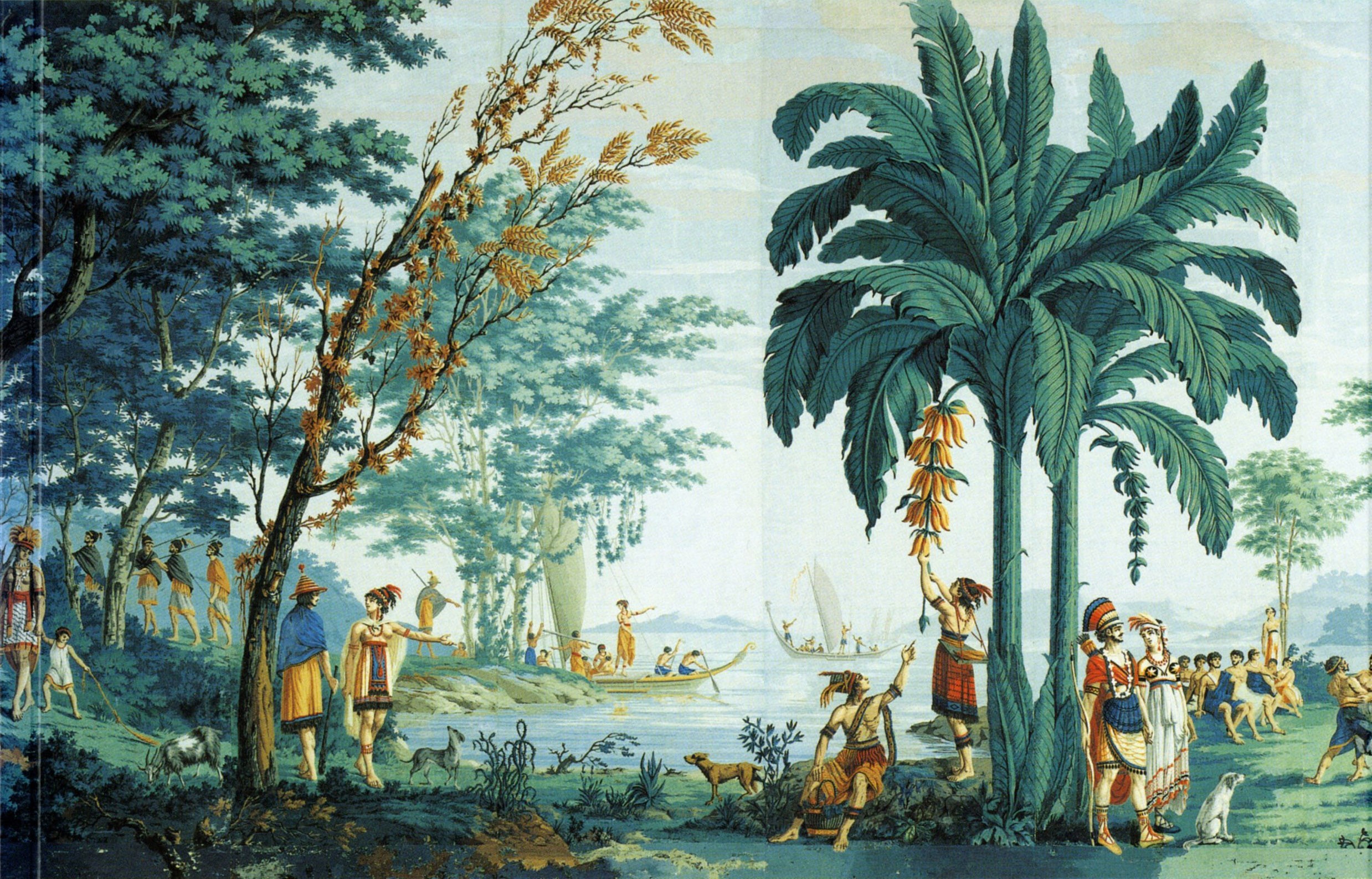
Hannah Nussbaum How did Top Stories come together?
Anne Turyn I got an undergraduate degree in fine art, and then I moved to Buffalo, New York because of a boyfriend. There was a really active art scene there, and I ended up getting involved with a little non-profit gallery called Hallwalls. Around that time, I found out that one of my favorite writers – Walter Abish – was going to be a visiting professor in the writing program at the University of Buffalo, where I was already attending critiques even though I wasn’t enrolled. So I decided to enroll in grad school there. I was interested in writing and also interested in photography, and I asked Hallwalls if they could fund a little magazine, which I was able to get a small chunk of grant money for. I started Top Stories – a prose periodical – which I produced as part of the programming at Hallwalls. But even though it started out associated with a gallery, I always thought of it as a literature publication – as focused on writing. I was really interested in language, and was also interested in the possibility of artists taking their performances from text – one of the early writers I worked with was Laurie Anderson, and I had seen her take her performance from a text and put it in a book called Individuals. I had read a great interview with Kathy Acker in Only Paper Today, out of Toronto. At that point she was interested in – and talking a lot about – the use of I – the first person as a multiple register that could be constantly switching around.
HN So there was a sense of newness in combining the art and literary worlds when you started all of this?
AT Yeah, at this time, the space between writing and art was starting to become much more porous – the downtown was much more porous. One of the early Top Stories issues featured Pati Hill. She was a writer and also an artist who worked particularly with photocopiers. She had published several novels in the 1960s. In 1976 she had published a book of photocopy art and writing – a novella. She tried distributing it through a poetry publisher and they said it was a children’s book because it contained words and pictures. That would be laughable now. From then on, I started inviting artists and writers who I was interested in to contribute to Top Stories. My working method was, people could submit whatever they wanted, as long as it fit the format of the chapbook.
HN What are your thoughts about Kathy Acker being re-mythologised right now?
AT Isn’t she all myth at this point? And obviously all the stories about her are secondhand. Chris Kraus’s book, After Kathy Acker has been very influential and talked about. But I think it’s possible that people could be misreading Acker’s ‘I’ when they read her writing and work today. I am super excited that Penguin UK is republishing a version of what was Top Stories #9, New York City in 1979 by Kathy Acker.
HN Was there a sense that you all were working in a new voice, like a new mode of writing that was discursive or confessional?
AT No, it was something new, but it wasn’t confessional at all, nobody would have used that word to describe what we were doing at the time. What Kathy Acker or Constance De Jong were interested in was the idea that the first-person narrator can be unreliable, can be constantly switching around. But it’s not like this can’t be traced back to so many different moments in earlier American literature. Faulkner has switching narrators, right? Or Ken Kesey in Sometimes a Great Notion, he switches the narrator sometimes in the middle of a sentence – and it works! I think the work Constance DeJong was and continues to write is a powerful example of this and her influence and power seems as potent today as it did in the 1970s.
HN Do you think that the work of Top Stories’s authors is being read differently now in the advent of what people are calling “fourth wave feminism”?
AT Well we were definitely feminist, but saying you’re feminist is like saying “I’m breathing.” Of course we were feminists, and we were also being avant-garde and breaking rules and forging territory.
(…)


